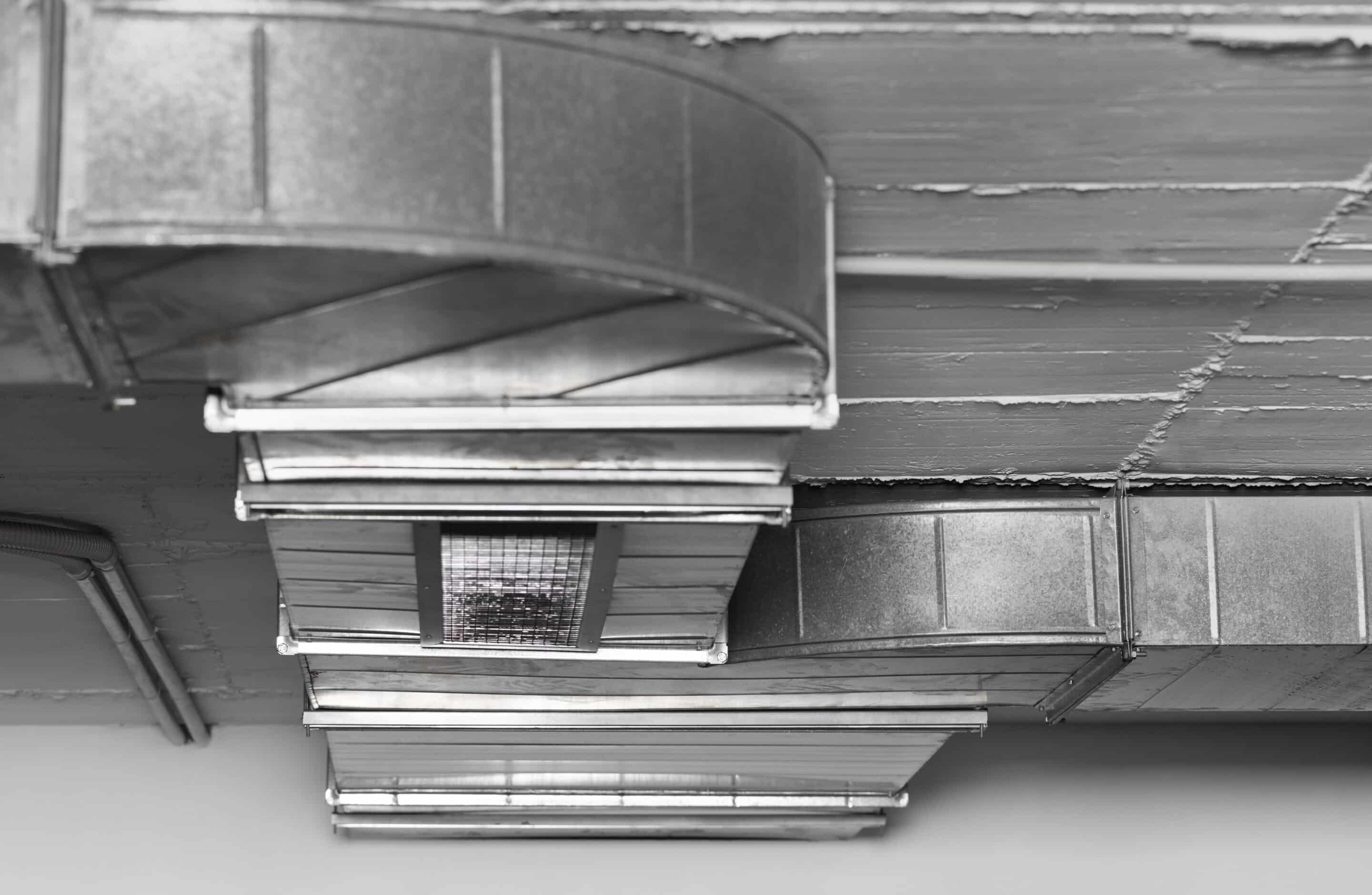There are countless factors to consider when building new homes, from the layout and design to materials and appliance selections. And one of the biggest considerations for homebuilders is the integrity of the HVAC system. Duct leakage testing evaluates how well the system works, and it’s more than just a requirement in Indiana Energy Code Chapter 11.
TSI Energy Solutions specializes in residential energy efficiency inspections, including duct leakage testing and heat loss/gain analysis. Here’s why it’s an essential step to having happy homeowners and what to expect during your inspections.
The benefits of duct leakage testing for homebuilders
Energy efficiency
When ducts have leaks or gaps, conditioned air can escape before it reaches the intended living spaces. This results in higher energy bills, because the system has to work harder and run longer to maintain the desired temperature.
Duct leakage testing identifies those leaks so you can address them, optimizing energy consumption and providing homeowners with a more cost-effective solution.
Improved comfort
Along with wasting energy, leaky ducts compromise indoor comfort. Rooms farthest from the HVAC unit may receive insufficient heating or cooling, leading to hot or cold spots within the home.
With duct leakage testing, you can fine-tune the HVAC system to make sure all areas are adequately conditioned and homeowners enjoy consistent comfort throughout their new home.
Enhanced indoor air quality
Leaky ducts not only allow conditioned air to escape, but also permit dust, allergens, and pollutants from attics, crawl spaces, or outdoors to infiltrate the home. These issues can negatively impact indoor air quality and even lead to respiratory issues.
Air leakage testing helps identify potential sources of contamination, so you can implement corrective measures that maintain healthier indoor environments.
What to expect with duct leakage testing from TSI Energy Solutions
Duct leakage testing is a comprehensive process that assesses the integrity of the HVAC ductwork in your new construction home. Our team has decades of experience conducting residential energy efficiency testing, and here’s what you can expect with our leakage testing process:
1. Sealing all openings
Our inspectors start by sealing all the openings connected to the ducts. This includes registers, grilles, and other access points to help ensure accurate results.
2. Creating negative pressure
We connect a Duct Blaster Testing System to the HVAC ductwork to create a negative pressure inside the ducts. This pressure difference between the system and the external environment is crucial to detecting air leaks and heat loss/gain points.
3. Measuring leakage
We use sensitive equipment to measure the leakage airflow in the duct system.
4. Reporting
After completing duct leakage testing, we develop a comprehensive report with our findings. We can pinpoint any air leaks in the ductwork utilizing theatrical fog. Your team can then use these findings to seal leaks.
Along with addressing leaks and thermal issues, air leakage testing also gives you the opportunity to fine-tune the HVAC system to ensure even heating and cooling throughout the home. Balancing the system involves adjusting dampers and airflow to optimize performance and indoor comfort.
Taking a proactive approach to whole-home comfort with duct leakage testing ultimately leads to happier homeowners, and TSI Energy Solutions is here to help. Schedule a consultation with our team to learn more.

